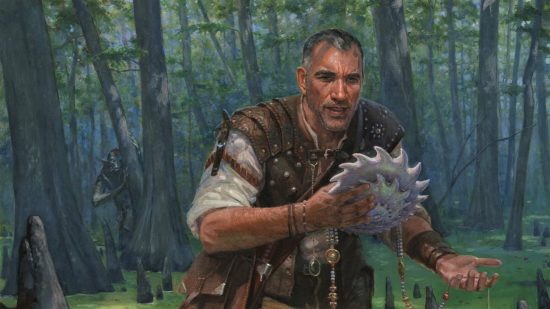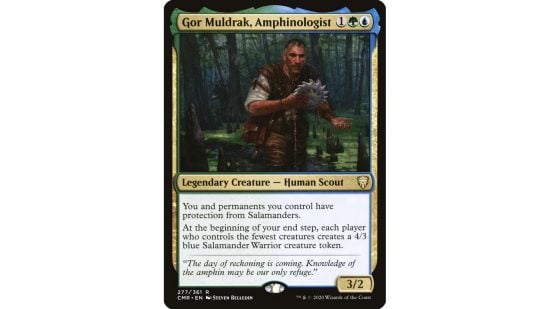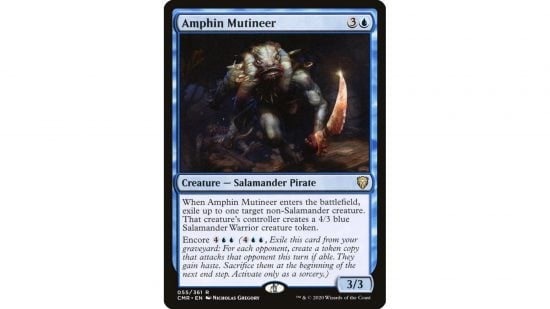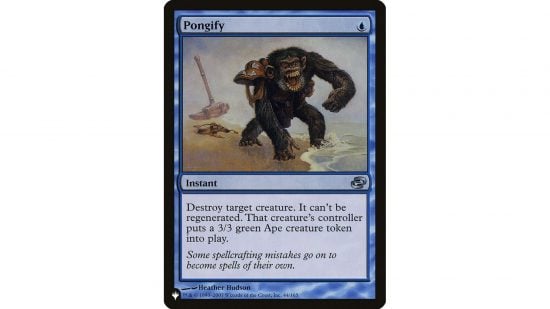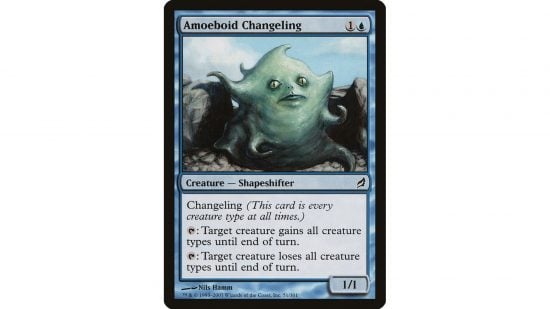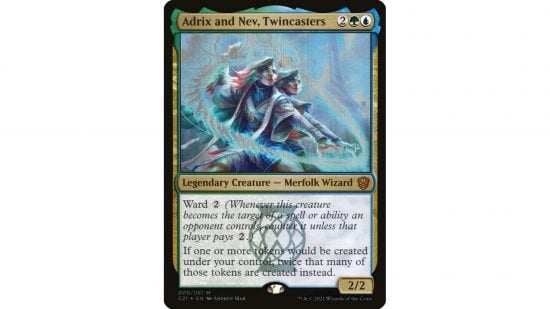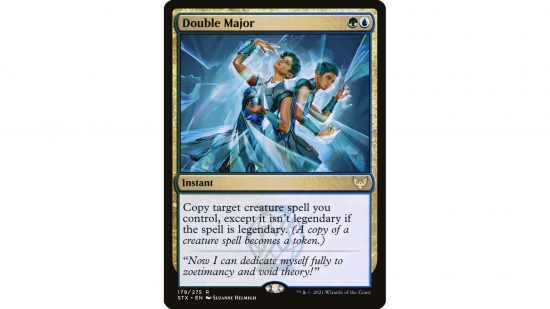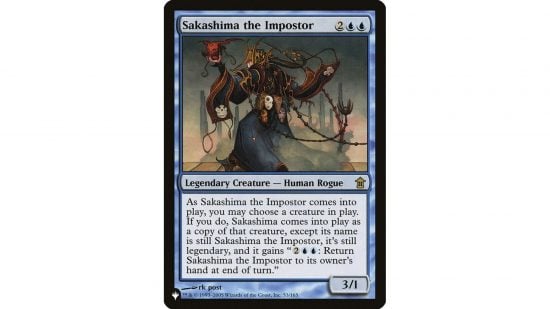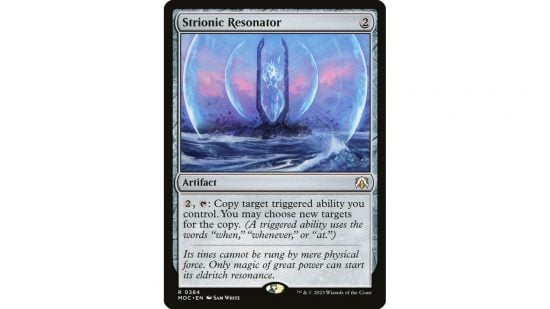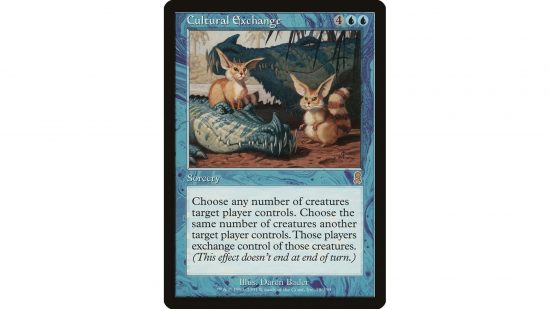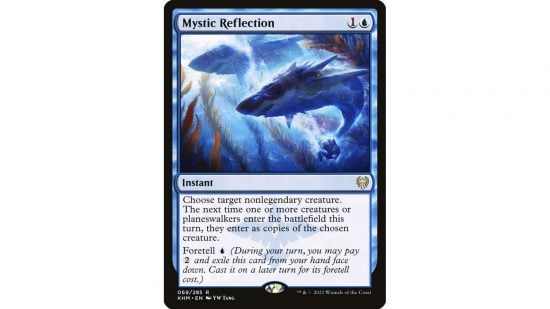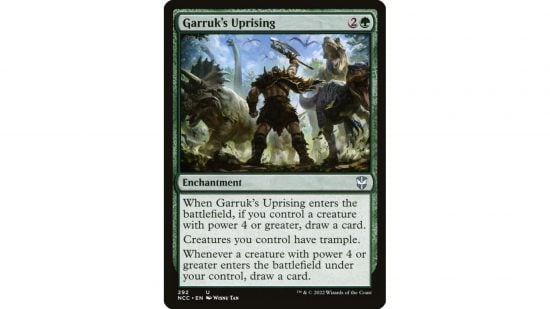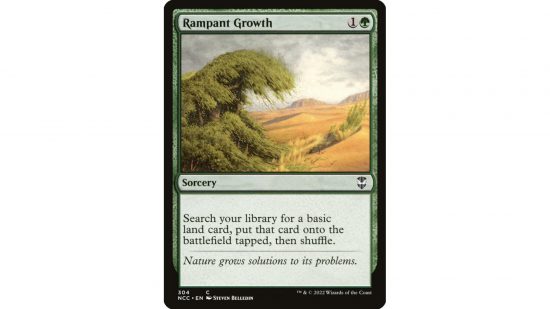What’s your least favourite MTG color combination for EDH? While Boros can be one note and Azorius can be torturous, I’ve always had a built in dislike for Simic. It’s all that ramp and card draw that the colors have available to them; it just seems… too easy? When paired together, blue and green seem designed to win games of Magic: The Gathering by generating more basic resources than anyone else, and so I’d never been motivated to build an MTG Commander deck for the color pair.
Enter Gor Muldrak. As soon as I laid eyes on this crazy conspiracy theorist and cryptozoologist, I knew this was the Simic commander for me.
Let us count the points in Muldrak’s favour…
First off he’s weird. Protection from Salamanders? What a strange and intriguing first line of text. How many Salamanders even are there in Magic?
Secondly, he’s unique. Not stooping for typical card draw or ramping effects, instead we get this sort of pseudo group hug effect, creating tokens for all, but ensuring they’re only really useful when used against our opponents.
Thirdly, and perhaps best of all, he’s not very good. This might seem strange to say, but in the modern days of EDH, where so many legendary creatures come with their own built-in engines, I’ve come to cherish those MTG commanders that require a little bit (or even a lot) of work to succeed. What can I say? I guess I love an under-frog.
The reason Gor Muldrak is kind of underwhelming is that his ability is just too low impact. He only spits out one Salamander a turn most of the time (more if players are tied for creatures on board). But we’re going to put all our resources into leveraging that ability and bringing about the amphibian apocalypse.
Before we get there though, let’s briefly consider the venerable Salamander tribe. They’re not exactly one of the most popular MTG creature types out there. But, if I’m working with a strange tribe, I ought to at least see if there’s interesting options available.
So, what can you do with Salamanders? Well, I could play Pteramander, if I were making a spell-slinging deck full of instants and sorceries. I could play Soujourner’s Companion, if I were making an artifact deck. Or I could play Wormfang Newt, if I hated myself.
There’s nothing very coherent, so in fact, I’m only going to put a single Salamander in the deck, Amphin Mutineer: a card literally built for Muldrak. When considering removal for the deck, I’m going to want effects like this, or Pongify, that leave behind a useless creature for my opponents – that way I’m more likely to get more Salamanders.
There’s also the option of MTG Changelings, of course. I’m not planning on going far down the tribal route, but there is one Changeling that has to be in the deck: Amoeboid Changeling. This card has the unusual ability of manipulating creature types, letting you make a creature that is not an amphibian (most things) into a lovely Salamander.
In this shell, it’ll grant me immunity if anything big and scary swings my way. Letting me block with impunity, or dodge a nasty flier. Unnatural Selection is an even better version of this effect, while Standardize becomes a one sided fog.
You can already see we’re starting to build up some shenanigans, but before I dig too deep into this box of tricks, it’s time to solve Gor Muldrak’s biggest problem, and achieve a higher density of salamanders. It’s time to prove his conspiracy theory right and show that these slimy dudes really are ready to take over the world!
One way to up the Salamander count would be with token doubling effects like Doubling Season. And while that would be a good fit for the deck (and I’ve included the cheaper Adrix and Nev) that would only give me more Salamanders. No, instead we need to replicate Gor Muldrak’s end step trigger, so we can share the cold-blooded love around.
So in goes Strionic Resonator and Lithoform Engine. And now there’s only one thing for it, we’re going to need more Gor Muldraks. True, Muldrak is a legendary creature, so not just any clone effect will work, but in Simic colours this is surprisingly not a big obstacle. There’s plenty of options in fact: Spark Double, both Sakashima’s, Double Major, and Echoing Equation, to name but a few.
Metamorphic Alteration (happily purchased before the card’s recent spike) doesn’t have the non-legendary clause, but I can use it on one of my own non-legendary copies, or to turn someone else’s creature into a Salamander. If I’m feeling brave, I can even give someone else a Gor Muldrak, provided I have a way to kill it later, and make a temporary Salamander sidekick. (I briefly considered Assault Suit for the deck, before realising this was a terrible, suicidal idea.)
So now, the deck is starting to take shape. We’re going all in on the froggies, and trying to blot out the sun with a tide of Salamanders. With so many clone cards, we can easily spit out 6-10 Salamanders a turn (across the whole board). There’s also options for more flexible fun depending on what my opponents start playing. (Cloning is almost as sweet an effect as stealing creatures, with the added bonus that it doesn’t make everyone mad.)
Finally, I’m adding some spice to the mix, and there’s so many options for fun little tricks with this unique Commander. Ezuri’s Predation is a great wincon, allowing you to strike down everyone’s Salamanders and gain a board of dangerous creatures. Cultural Exchange lets you swap an opponent’s good creatures for absolutely useless (to them) Salamanders. And Peer Pressure lets you call all Salamanders on the field back to the nest (any warriors your opponents might be playing can come too).
But my absolute favorite card in the deck right now is Mystic Reflection. Nothing beats the look on an opponent’s face when they play a huge creature (or better, a mass resurrection spell), and you turn the incoming threat(s) into chunky newts.
And okay, look, we’re in Simic, playing a rather experimental commander, and so I’m going to fill the rest of the deck up with all the stuff I said I disliked about Simic. We’re throwing in MTG mana ramp spells like Rampant Growth. I prefer repeatable card draw when possible, and since we’re making four power creatures all the damn time, things like Kiora and Garruk’s Uprising are going to be perfect. I’m even popping a counterspell or two in the deck.
And so we have it, the ultimate Salamander Commander deck. Is it good? Probably not. I think right now it’s a bit too durdly, lacking a good path to victory beyond smacking people with dozens of tokens. But what it is, from the few times I’ve given it a spin, is great fun. Which at the end of the day, is what EDH is all about. Mission accomplished! (Happy Salamander blurbling noises). Here’s the decklist.
For more great Magic: The Gathering content, check out our guides to the MTG release schedule for 2023, or every MTG set in order.
